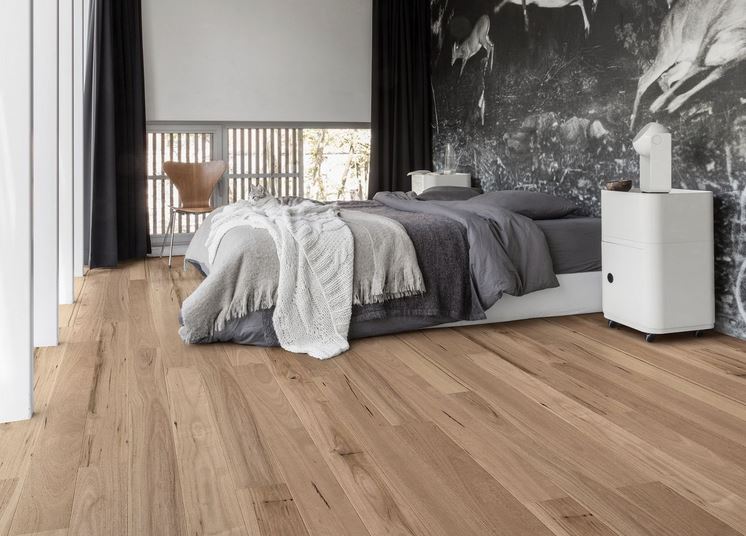Navigating through the myriad of options in hardwood flooring can be a complex task, especially when the choices boil down to engineered wood and solid hardwood. At The Flooring Room, with our extensive experience in providing top-notch hardwood flooring solutions in Tauranga, Nelson, and Palmerston North, we understand this dilemma. Hence, we’ve crafted this guide to delineate the differences and benefits of engineered timber flooring versus solid hardwood flooring, assisting you in making an informed decision.
Engineered Wood Flooring: A Modern Innovation
Engineered hardwood flooring is a testament to the ingenuity of modern flooring technology. Composed of multiple wood layers, this flooring type features a hardwood veneer (or wear layer) on top, usually made from popular hardwood species like oak or maple. This veneer, ranging between 1.5mm and 2.1mm, offers the authentic appearance of wood.
Below the veneer lie several core layers, commonly crafted from plywood or high-density fibreboard (HDF). These layers confer exceptional stability, diminishing the likelihood of warping under varying humidity and temperature conditions. The plank’s base, or balancing layer, ensures even weight distribution and adds to the floor’s long-term stability.
The construction process involves bonding these layers under high pressure, resulting in a sturdy plank. These planks are then meticulously sanded, finished, and precision-machined for a flawless fit upon installation. The final touch often includes a durable top coat, frequently made of aluminium oxide, for enhanced damage and moisture resistance. The outcome is a beautifully stable and durable floor that marries the charm of solid hardwood with improved dimensional stability.
Solid Hardwood Flooring: Timeless Elegance
Solid hardwood flooring is the epitome of traditional elegance. Each plank is a single, solid piece of wood, usually obtained from sustainably harvested trees. These planks are either air- or kiln-dried to optimize moisture content, then cut to the desired dimensions.
After being cut, the wood is sanded smooth and precision-machined for a perfect installation fit. The finishing touch is a stain and protective coating, which not only augments the wood’s natural allure but also shields it against daily wear and tear. The result is a flooring option that exudes the warmth and unique character of real hardwood.
Engineered vs Solid Hardwood Flooring: A Comparative Analysis
Cost Considerations
When it comes to cost, engineered hardwood flooring typically presents a more economical choice. Generally, it costs about 10-30% less than solid hardwood. This price difference stems from engineered wood’s layered composition, which utilizes a mix of materials and is less costly to produce than solid wood planks.
Installation Expenses
Installation costs also differ. Solid hardwood often demands specialized tools and expertise, potentially driving up labour costs. Conversely, engineered hardwood can be more budget-friendly in terms of installation. However, if it requires specific underlayment or is being installed over concrete, the cost might increase due to extra preparation and materials.
The Final Verdict on Cost
In conclusion, while engineered hardwood flooring generally comes with a lower price tag both in materials and potential installation costs, it’s crucial to weigh other factors like durability, maintenance, and aesthetic appeal. The ideal choice depends on your specific requirements, tastes, and budget.
At The Flooring Room, we believe in providing not just flooring solutions but also the information necessary to make the best choice for your space. We offer a wide range of hard flooring options and we’ll happily guide you through the process. We will endeavour to not only meet your needs but exceed your expectations.
Feb
15



Comments are closed.